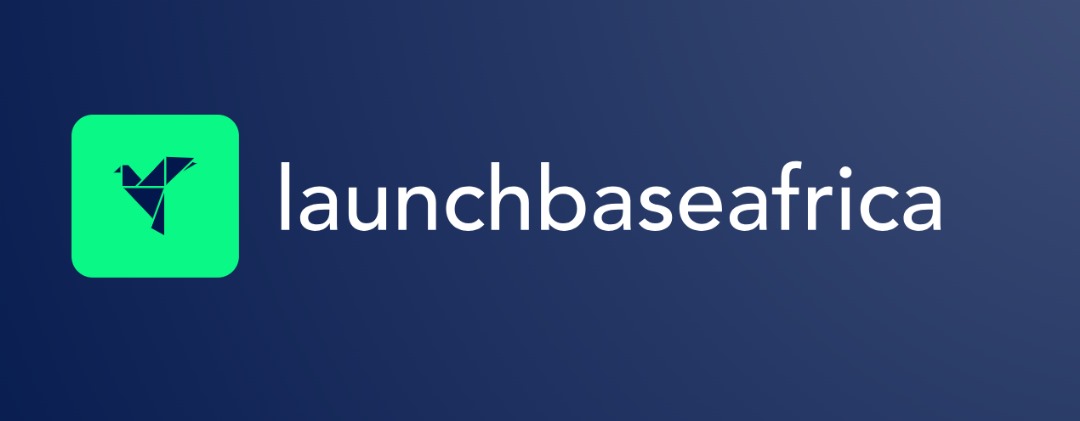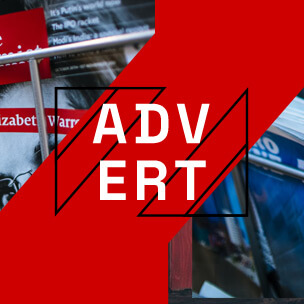Dubai-headquartered mobility startup Swvl Holdings Corp has reported a net profit of $0.21m for the third quarter of 2025, marking its third consecutive profitable quarter this year and signalling the potential durability of its strategic shift from a consumer-focused app to a business-to-service mobility provider.
The Egypt-born company, which went public via SPAC in 2022, saw revenue grow 46% year-over-year to $6.5m, according to its Q3 2025 results. Gross margin increased by 28.3% to $1.4m, though the gross margin percentage declined from 24.6% to 21.6%, suggesting the company is prioritising revenue expansion over near-term margin optimisation.
The results build on the company’s performance in the first half of 2025, when it posted a $0.43m net profit — a significant turnaround from the $5.7m loss it reported for the same period in 2024.
Strategic pivot bears fruit
Swvl’s profitability streak comes after a radical transformation of its business model. The company has shifted from offering consumer-facing ride-hailing services to focusing on enterprise and government contracts for employee and student transportation.
This strategic pivot is reflected in its revenue composition, with recurring revenue from long-term contracts now accounting for 78% of total revenue, up from 68% a year earlier. This transition to a more predictable, contract-based model represents a fundamental departure from Swvl’s origins as a mass-market transit app in Cairo.
De-risking from currency volatility
A key element of Swvl’s revised strategy involves reducing exposure to currency fluctuations in its home market of Egypt. The company reported that dollar-pegged revenue — primarily from Gulf Cooperation Council markets — now represents 26% of total revenue, up from 21% in Q3 2024.
This shift toward dollar-denominated contracts in markets like Saudi Arabia and the UAE provides a direct hedge against the Egyptian pound’s volatility, which has historically impacted the company’s financial performance.
“Our H1 2025 results demonstrate Swvl’s ability to combine growth with profitability,” CFO Ahmed Misbah said in earlier statements, striking a tone that balanced optimism with fiscal discipline.
Regional performance divergence
Swvl’s Q3 results revealed sharply different trajectories across its operating markets. The GCC region — comprising the United Arab Emirates and Saudi Arabia — emerged as the standout performer, with revenue surging 81% to $1.7m and gross margin more than doubling to $0.5m.
By contrast, the company’s home market of Egypt showed more modest growth, with revenue increasing 36.4% to $4.76m but gross margin expanding by just 2.5%. The company indicated it had prioritised “scaling the revenue base” in Egypt with “anticipated margin improvement in subsequent quarters.”
“Our Q3 2025 results underscore that Swvl’s growth engine is firing across core markets,” CEO Mostafa Kandil said in the earnings release. “We remain focused on scaling our high-margin enterprise verticals and expanding our revenue base in existing and new markets while maintaining profitability and strong unit economics.”
The road ahead
Swvl’s journey has been marked by significant challenges since its $1.5bn SPAC merger in early 2022. The company’s valuation plummeted by over 99% amid a global tech downturn, leading to multiple rounds of layoffs and market exits, including the closure of its consumer services in Egypt and operations in Pakistan.
The company now faces the challenge of proving it can scale its more conservative business model while maintaining profitability. Swvl has indicated plans to expand into the US and UK markets, though execution in these competitive mobility landscapes presents fresh challenges.
For now, Swvl’s continued profitability represents a notable achievement for a company that has become emblematic of the post-SPAC reckoning in the tech sector. As earlier analysis noted, “Survival is the new unicorn status” for companies navigating the current funding environment.
The question for investors is whether Swvl can build on its recent performance to create sustainable, scalable growth beyond its current modest profitability — transforming from a survival story back into a growth narrative worthy of its Nasdaq listing.


